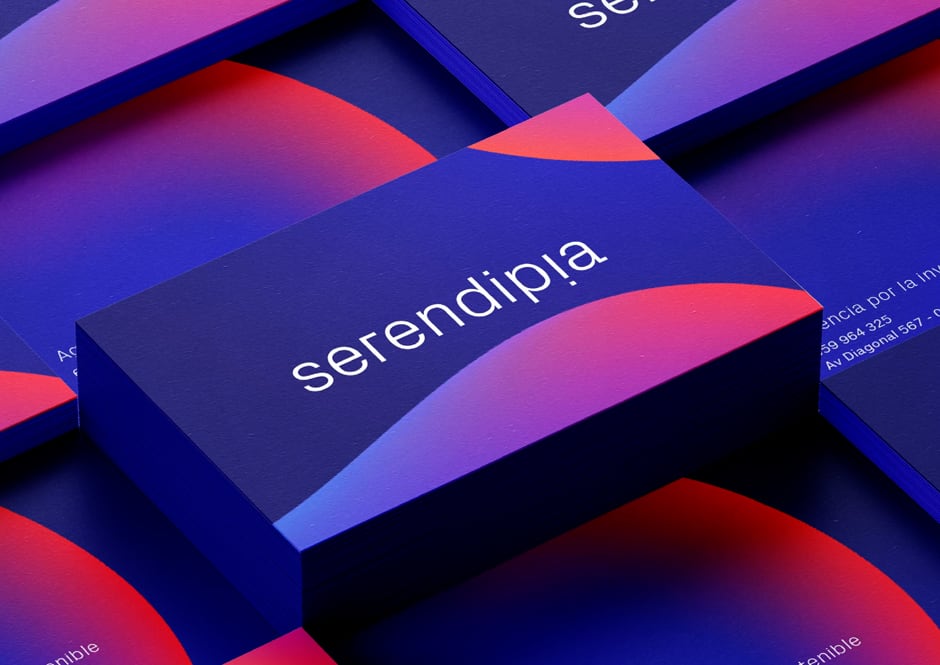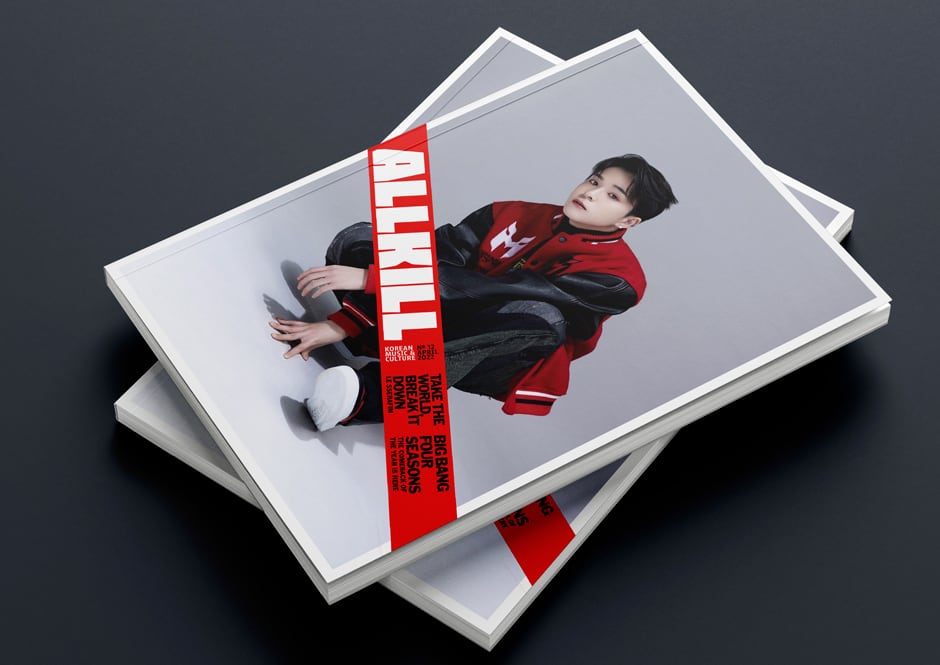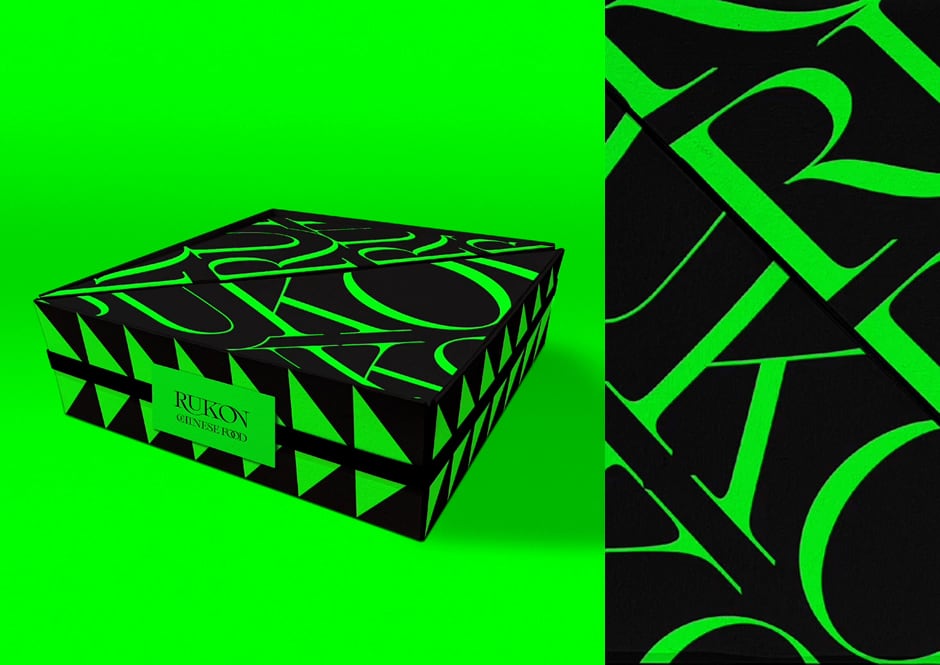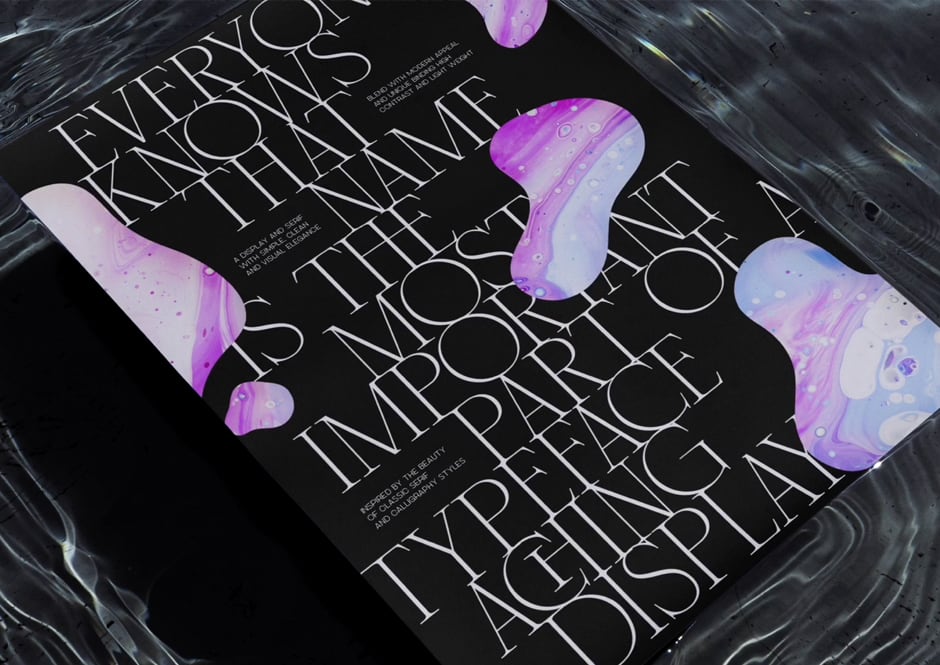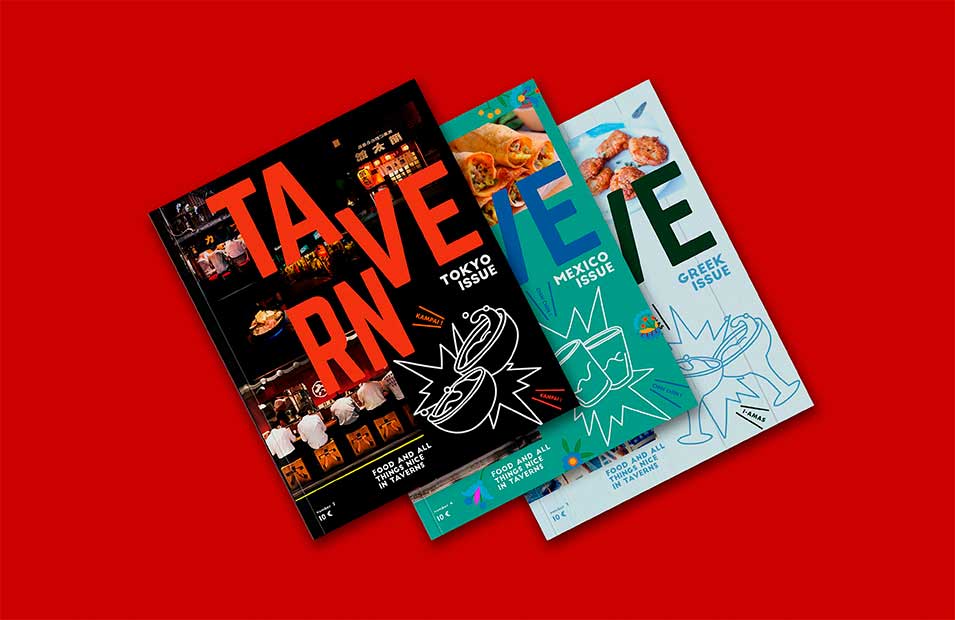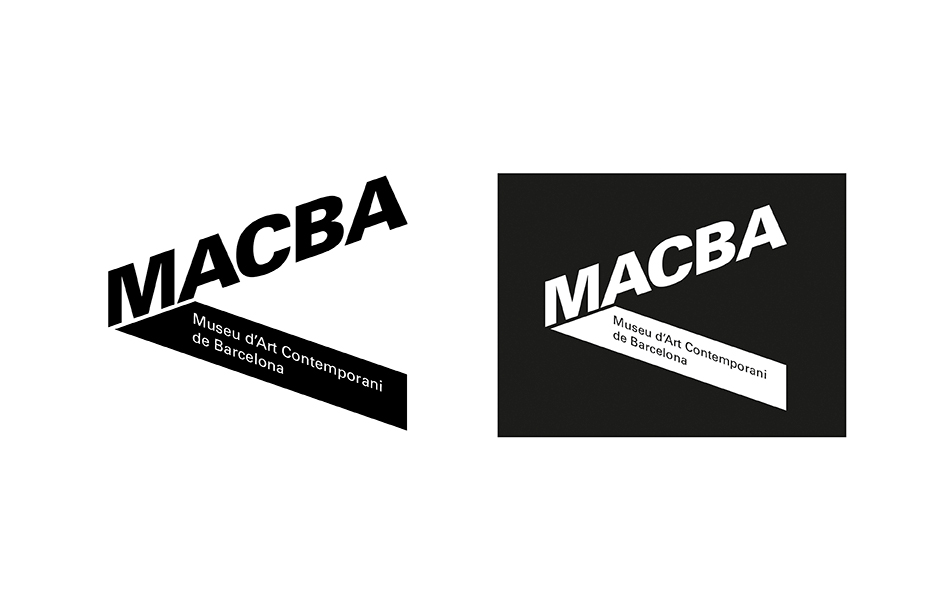
Diploma in Graphic Design
Develop your technical and creative abilities and professionalize yourself in the exciting world of graphic design and visual communication.
Description of the curriculum
- Edition: 20th
- Teaching period: from October 4, 2022 to June 2023
- Schedule: from Tuesday to Thursday from 7pm to 9pm
- Modality: on-site
- Language: Catalan and Spanish
- Price: 3.130 € (30 ECTS)
- Duration: 3 academic years
- Qualification: Diploma in Graphic Design awarded by the University UVic-UCC.
- Credits: 90 ECTS
Presentation
The Diploma in Graphic Design offers comprehensive training that covers all the knowledge and skills required of a graphic designer: from the origins of design, typography and photography, to the application of the various design specialisations (editorial design, packaging design, multimedia design, corporate image, advertising and environmental graphics).
These studies aim to provide graphic design training to those coming from other disciplines who are interested in pursuing a professional career as a graphic designer.
Upon successful completion of the course, students will have acquired a solid foundation in both the conceptualisation and development of projects as well as the mastery of the tools required to complete said projects.
Syllabus
The programme is divided across three academic years and is worth a total of 90 ECTS (30 ECTS each academic year). Classes are held in the evening from October to June. The Diploma in Graphic Design is a qualification from the Universitat de Vic-Universitat Central de Catalunya (UVic-UCC).
In the first year, the basic principles of design are introduced as projects based on various professional fields are completed.
The projects become more complex in the second year as the focus moves to the more traditional sectors of graphic design: editorial design, corporate image and advertising design.
In the third year, packaging design, environmental graphics, and multimedia design are explored in more depth.
Throughout the programme, tutors provide personalised monitoring of the students' progression.
The structure of the Diploma in Graphic Design contains several modules:
Module 1 - Fundamentals of graphic design Module 2 - Projects Module 3 - Software tools Module 4 - Photography Module 5 - Typography
Programme
Module 1 - Fundamentals of Graphic Design
The aim of this module is for students to begin developing their own criteria and communication style. This is supported by theoretical content, such as the study of symbols, visual perception, structure of form, and the history of graphic design.
Projects I
These are structured based on an analysis of the briefing, the development of the project and an analysis of the result. A range of short projects will be completed in different media (leaflets, packaging, book cover, t-shirt, etc.), through which students will learn the principles of design.
History of design
A general overview of the history of graphic design and its evolution from Antiquity to the digital age.
Module 2 - Projects
The Projects module takes a specific assignment as its starting point. Throughout the different subjects, tutors will guide the students as they learn about the different disciplines of design. The objective of this module is to empower students to develop a project from the initial brief to the final execution, placing the emphasis on analysis and synthesis skills, as well as the ability to organise and plan.
Editorial
Through the analysis of case studies, students will come into contact with the various applications of editorial design, while objectively developing their awareness of each type of publication and their capacity to convey concepts in accordance with the predefined parameters for each of the proposed activities.
Corporate identity
Approaching the brand as a basic identifying element and delving into the corporate identity manual as a tool for controlling the use of the brand’s corporate elements.
Advertising
Acquiring an understanding of the goals pursued by an advertising campaign within the framework of communication and marketing. The various figures that make up the team at an agency and the relationships that are established between clients and agencies will be introduced. Lastly, a complete campaign will be developed, adapting the different graphic pieces of which it is composed to the same concept.
Packaging
Packaging is a key element in the design of any product as it is the outermost layer and, therefore, gives the potential purchaser their first impression. In this subject, the student will learn to recognise good packaging, both for its three-dimensional and surface design. Various types of packaging will be covered, like boxes, bottles, wrappings, bags, etc. Over the course of several projects, the students will create their own packaging designs for a diverse range of products while considering the market at which they are targeted, the practicality of the package, the quality of the communication featured on the packaging, and the commercial effectiveness of the final outcome as a whole.
Web design
Students will be provided with the technical and conceptual foundations for designing and developing websites. Upon completion of the project, they will understand the principles that will enable them to design and develop a static web page that is also functional. Students will learn to organise information, plan navigation, design the front-end, and develop a simple website using the HTML and CSS languages.
Environmental graphics
This subject deals with the application of graphic design in a space, whether it is a shop front, a commercial stand, an exhibition or the signage within a space. Through a historical journey, a review of a range of graphics projects that have been applied to the environment and an evaluation of the available materials, students will produce a project in which they will apply the knowledge they have acquired to a three-dimensional space.
Module 3 - Software Tools
This is a theoretical/practical section where students learn to use software tools to work on design, layout and photographic editing. The objective of this module is to teach students how to use the most popular graphic design and digital edition software programs, which will allow them to develop the disciplines that are covered in this diploma.
Computer Graphics I - Illustrator
Providing students with knowledge of Adobe Illustrator and an understanding of its utility as a creative instrument. The operation of this software program will be demonstrated to show how it is used to develop a design project, enabling students to acquire knowledge of vector design.
Computer Graphics II - InDesign
Providing students with knowledge of desktop publishing tools such as InDesign and enabling them to optimise creation and production processes through professional solutions for design and layout.
Computer Graphics III - Adobe Photoshop
Adobe Photoshop is the world’s leading program for digital image editing (photographic retouching, photomontage and special effects) and the most widely used software in graphic design. Images will be captured for subsequent digital editing.
Module 4 - Photography
This module covers the basic principles of photography from a technical and narrative perspective.
Photography I
This course provides students with first-hand knowledge of photography (both the analogue and digital disciplines), and is essentially oriented towards controlling the creation of photographs from a graphic design perspective.
Photography II
The guiding principle of this subject will be the construction and critique of images, focusing on enabling students to tell a story solely through the use of photographic images.
Module 5 - Typography
Students are introduced to the study and implementation of letters, their history (from the beginnings of Roman capital script, right through to the present day), concepts (formal and functional) and their different applications with regard to graphic design. This module also develops criteria and a sensitivity for selecting typography, while simultaneously acting as a guide for students to explore and create their own typography.
Typography I
An introduction to the basic principles of typography: their history, concepts and their different solutions and applications with regard to graphic design.
Typography II
A study of the basic elements that comprise a good typographic work. Typographic pieces will be analysed and exercises will be carried out to help students comprehend the complexity of each project.
Typography III
Exploring and enhancing the connotative capacity of typography as a carrier of identity. We will perform an in-depth examination of the use of typographical structures as compositional supports for graphic pieces, resolve conceptual statements and communicative problems through typographical solutions, and stimulate typographical experimentation.
Career Opportunities
- Graphic design studios in all professional fields (editorial, packaging, corporate identity, multimedia, signage, etc.)
- Advertising agencies
- Communication agencies
- Artistic Direction
- Design departments within companies
- Multidisciplinary design teams
- Companies devoted to signage
- Multimedia communication companies
Teachers
Coordinator
Andrés Salvarezza
Graphic Designer and photographer. Coordinator of the Master's Degree in Graphic Design. Coordinator of the Graphic Design Diploma
Coordinator of the Master's Degree in Graphic Design and the Design Diploma Bau Nit
Coordinator
Sandra Bosch
Specialist in Brand Strategy, Service Design and Customer Experience
Coordinator of the Master's Degree in Graphic Design and Master's Degree in Service Design
Guillem Casino
Technological coaching for graphic design
Lucía Segurajáuregui
Diseñadora y artista multidisciplinar
Marc Mallafré
Director creativo y director de arte publicitario
Oscar Martinez (Guayabero)
Paradiseñador y curador de exposiciones
Miquel Guri
Creative director and founder of The Love Comes Foundation
Miriam Torrell
Graphic Designer
Paula Villodré
Bachelor's Degree in Design
Rita Gual
Bachelor's Degree in Fine Arts
Mònica Roselló
Bachelor's Degree in Image
Àlex Gobern
Bachelor's Degree
Alejandro Pérez
Graphic Designer
David Martín
Bachelor's Degree in Graphic Design
Natalia Galbán
Bachelor's Degree in Fine Arts
Sandra Bosch
Specialist in Brand Strategy, Service Design and Customer Experience
Rocío Hidalgo
Bachelor's Degree un Fine Arts
Carlos Cabañas
Graphic designer. Typography
Payment of Fees
The total cost of the 2022-2023 academic year is 3.130€. Cost per one academic year (30 ECTS). Includes an amount of 100€ concerning the university fees, the administration expenses and the compulsory insurances.
BAU School of Design makes two options available for the payment of the total price of the course:
- Single payment: with a 3% discount.
- Instalments: consisting of an initial payment of 880€ once enrolment is formalised + 9 fixed monthly payments of 250€ (from October to June).
Option of financing through banking institutions.
For more information, you can contact the Administration Department at BAU Arts and Design College of Barcelona on +34 93 415 34 74.
Specific regulations relating to the Diploma in Graphic Design (Spanish version)
Request information
Send us a message and we will contact you as soon as possible.
